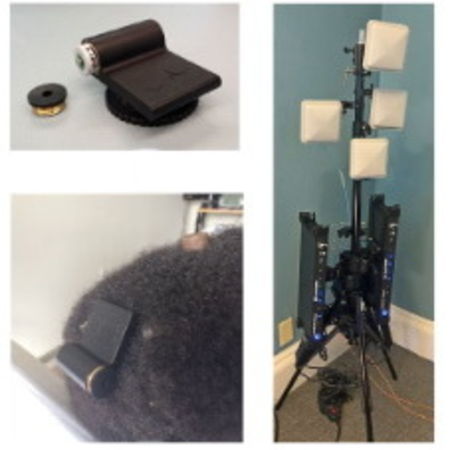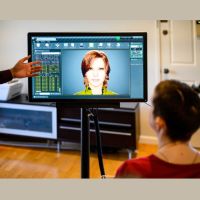A team of U.S. researchers present the results of a pre-clinical study of the first human use of a wireless broadband intracortical brain-computer interfaces in tetrapledgic individuals.
You might also like: What’s new in medical devices? An overview of novel medical devices, from an implanted simulator for better sensation of balance to robotic clothing and sensor-based asthma inhalers. Learn more
Brain-computer interfaces (BCIs) enable people with severe motor impairment to perform actions such as typing or manipulating robotic prostheses by thinking about the desired body movement. Up to now, connecting the brain to computers required use of cables. In this ground-breaking research, intracortical wireless BCI was used for the first time, with an external wireless transmitter (Simeral et al. 2021).
The new study belongs with the BrainGate consortium, an interdisciplinary group of researchers from Brown University, Stanford and Case Western Reserve universities, as well as the Providence Veterans Affairs Medical Center and Massachusetts General Hospital.
Building up on their previous work on the Brown Wireless Device (BWD) that was developed at Brown for transmission of quality signals with minimal power, the researchers have now used it for the brain-computer interface (BCI). This is the first instance of human use of the BWD, with two people with tetrapledgia, aged 35 and 63, participating.
The intracortical sensor was attached to the participant’s head to record neural signals at 48 Mbit/s from 192 electrodes, using the same port as traditional cables. Its size is about 5 cm, weight about 40 g. The battery life exceeds 36 hours.
According to the results, communication bitrates were equivalent to those of wired systems, which allows to use same decoding algorithms. Furthermore, participants demonstrated similar levels of accuracy and speed of movement. Thanks to the relative independence of the system and prolonged battery life, the participants were able to use the system continuously for up to 24 hours, including in the home setting. This availability of long-duration data opens another prospective direction for research while the use of wireless technology is an important step toward practical deployment of iBCI technology.
Image credit: Simeral et al. (2021)
























